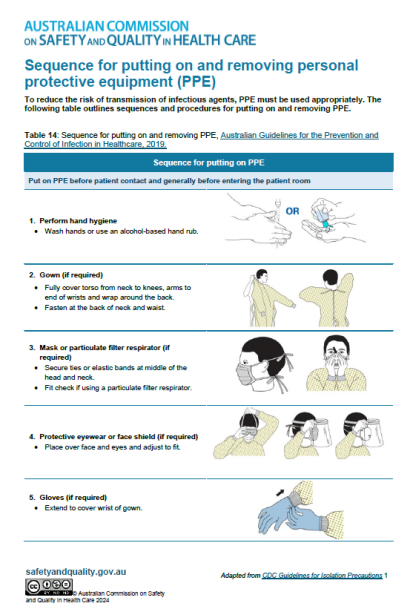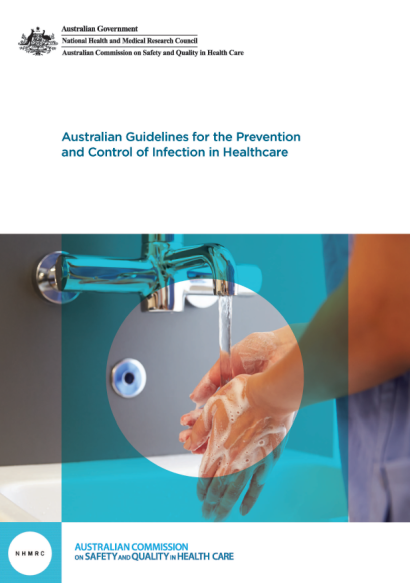This file contains rates by SA3 by PHN and rates by PHN for these indicators:
- Number of PBS/RPBS prescriptions dispensed for antimicrobial medicines per 100,000 people, all ages, 2017–18
- Number of PBS/RPBS prescriptions dispensed for amoxicillin per 100,000 people, all ages, 2017–18
- Number of PBS/RPBS prescriptions dispensed for amoxicillin-clavulanate per 100,000 people, all ages, 2017–18


